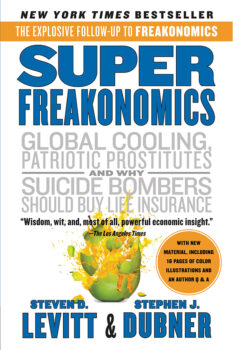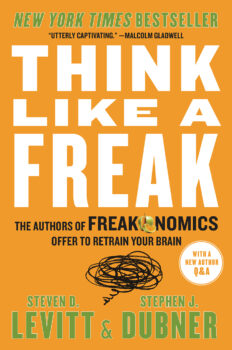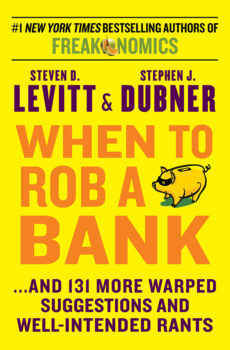What Are the Odds of Twins Born in Different Years?
The following is a guest post by Louise Firth Campbell and Amram Shapiro, the authors (with Rosalind Wright) of The Book of Odds: From Lightning Strikes to Love at First Sight, the Odds of Everyday Life.
Rare news stories recur with surprising regularity — one of these annual stories is the birth of twins in two different years.
You can see the appeal to editors. Babies are photogenic, especially twins. The symbolism of the New Year as a baby which ages to dotage by year end is an old one, a staple of thousands of New Year’s cards. There is an interesting apparent time tension in the story. Twins share a womb and genomes. Yet a few seconds separation in time of birth makes an apparent year’s worth of difference.[1] This event is considered a rarity and only a handful of cases are reported in the press each year. This rarity makes it news, but is the event really as rare as it seems?
Let’s start with the news in 2013/2014. If the cases reported in the North American media, two in the U.S. and one in Canada, are the only cases, these events are rare indeed. There are about 4 million births a year in the U.S. That would suggest these events are as rare as 1 in 2 million. Someone visiting the Grand Canyon is more likely to die by falling off the edge (1 in 1.5 million).[2] That doesn’t feel right to us.




